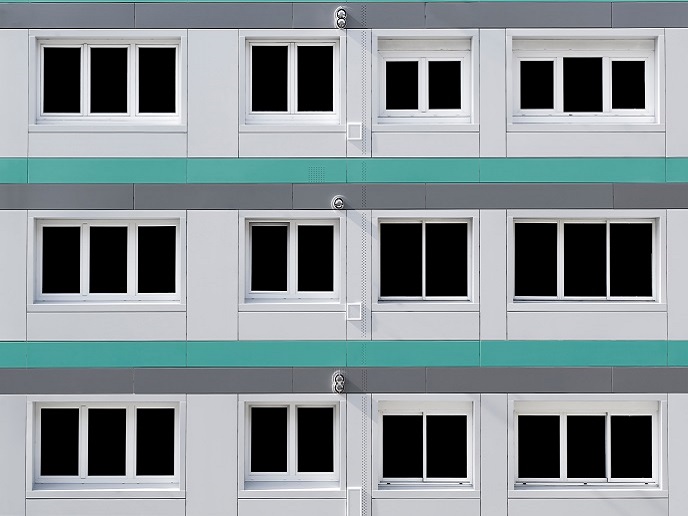Encouraging uptake of deep energy renovation
For Europe to achieve its ambitious goal of a decarbonised building stock by 2050, renovation is key. The most effective form is deep renovation, which takes a whole-building approach. Yet currently only 1 % of European buildings are renovated each year, and shallow retrofits persist, delivering only a low impact on energy consumption. “The main reasons for the continued preference for shallow retrofits are the high initial investment costs for deep renovation, a lack of information on the performance gaps, and the inability to track improvements after retrofits have taken place,” explains Amisha Panchal, project manager at Integrated Environmental Solutions (IES) in Scotland, and StepUP project coordinator. “However, deep renovations have the potential to be significantly more impactful compared to shallow retrofits,” she says. In the StepUP project, researchers developed a new methodology for deep renovation, based on an understanding of building performance and physics-based modelling to show the impact of interventions. StepUP also designed and introduced a range of ‘plug and play’ technologies that maximise the effects of deep renovations on energy, costs, air quality and comfort in the home.
A new, data-driven methodology
StepUP’s methodology incorporates an iteration-based approach to renovation investments using continuous feedback loops, and is based on data from real buildings and calibrated physics-based models. It draws on a range of plug and play technologies that are easy and quick to install, and protocols to enable these technologies to operate within existing energy systems. The project team developed their methodology together with stakeholders. They first identified the main challenges in deep renovation, then sought underlying solutions to enhance the renovation process, and finally added the scope and limitations of the renovation methodology based on the most relevant building stock and owner types. The methodology continues to be validated and investigated, and has been published in scientific journals. The modelling demonstrates to building users, deep renovation managers and design and construction teams the impact of the proposed solutions on building performance, both before and after retrofitting.
Developing plug and play technologies
The project created two main plug and play technologies that are easily to install: the plug and play envelope system and the plug and play active system, based on highly innovative prototypes from partners Manni and HeatVentors, respectively. The envelope system is modular, using preassembled enveloped panels and integrating windows, along with other insulation-based systems. The active system combines energy storage using phase-change materials, commercial solar panels, commercial heat pumps and an intelligent control and optimisation system based on technologies developed by IES and HeatVentors, that can be integrated into a building’s heating or cooling systems. “We are reviewing the initial data collected from the renovation in one of the project’s pilots to analyse energy demand reduction,” notes Panchal. “We expect a significant improvement due to the extensive testing and analysis carried out prior to the renovations, and early positive feedback from the occupants and building owners.”
Accelerating deep renovations across the EU
The StepUP consortium believes their results have huge potential for accelerating the renovation market across Europe. “We hope that the methodology and the technical solutions are adopted by building owners and other stakeholders, and ultimately have a meaningful impact of renovation to the buildings and its occupants,” adds Panchal.
Keywords
StepUp, deep renovation, buildings, decarbonisation of existing buildings, heating, cooling, systems, solar panels, heat pumps, plug and play, retrofit, technologies







